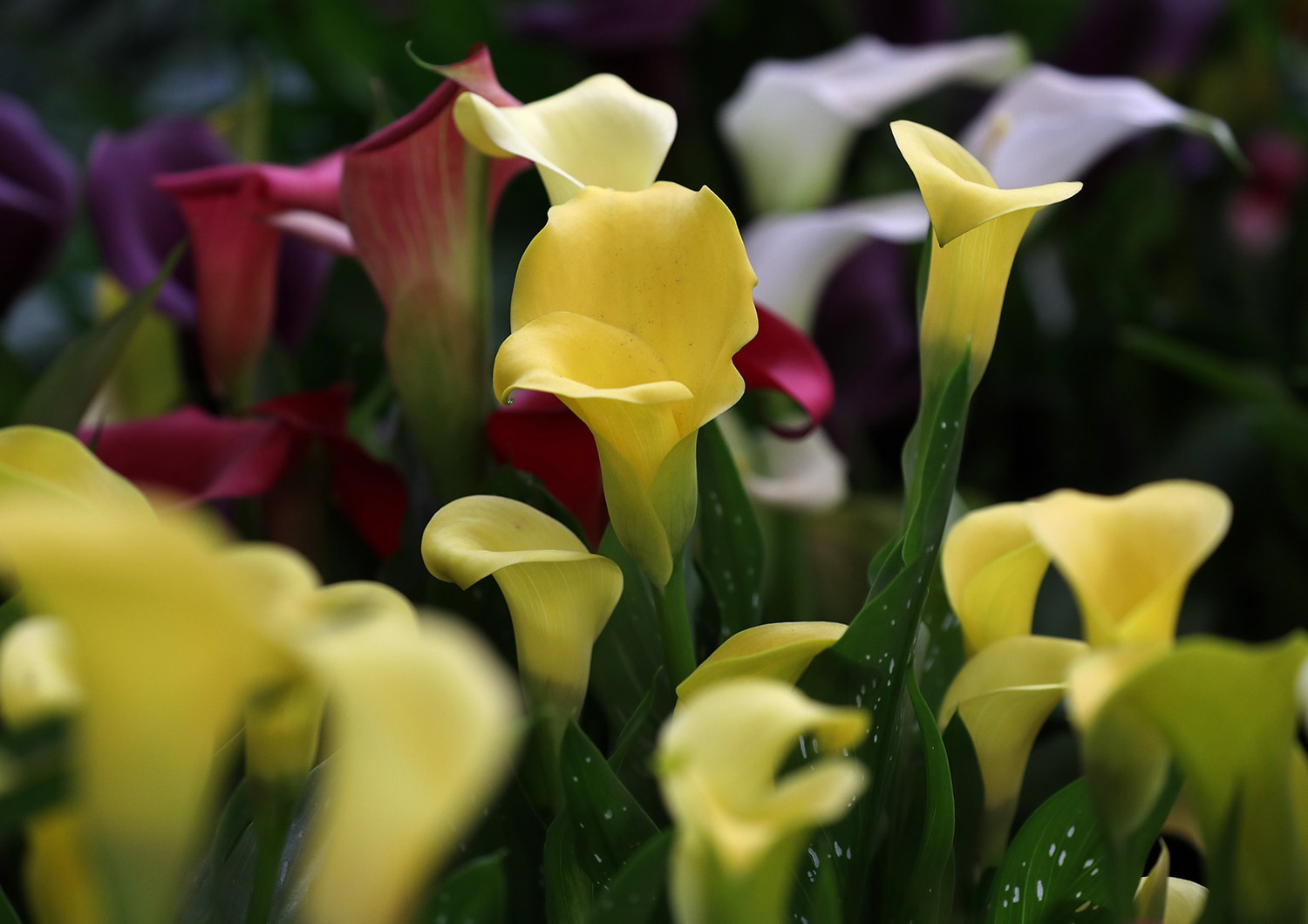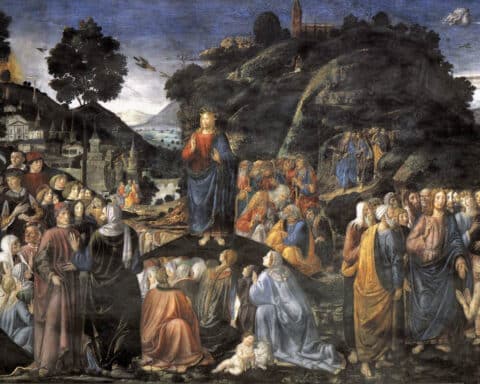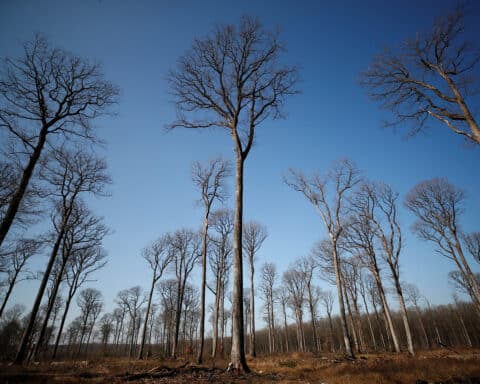Alleluia! We are in the season of Easter in which for 50 days Catholics celebrate the Lord’s resurrection from the dead, culminating in his Ascension into heaven and the Holy Spirit descending upon her Church.
The word, Easter, according to the U.S. Conference of Catholic Bishops comes from Old English, meaning “east” for the sun that rises in the East, bringing light, warmth and hope; a symbol to Christians of the rising Christ, who is the true and divine Light of the world.
In this fourth column on creating a Rosary garden, I will offer plants for a garden dedicated to the Glorious Mysteries.
As previously written, there are dozens of plants familiar to us in their Christian symbolisms. You may know of other plants that will fit just as well within the theme, and more suitable for your USDA Hardiness Zone.
Rather than creating a larger Rosary garden, a symbolic plant or two from each mystery is sufficient for a smaller Marian garden. Refer to previous columns for ideas on the other three mysteries. There are several books on the market about Marian gardens that will guide you. Another book that will help you with your plant selections is “A Garden Catechism: 100 Plants in the Christian Tradition and How to Grow Them.”
So let us begin the fourth set of mysteries, the Glorious Mysteries.
The Resurrection of Our Lord
Faith: We are filled with hope and watchfulness as the promise is fulfilled of the Resurrection. The calla lily, like the Easter lily, heralds Christ’s victory over death.
The symbolisms of the calla lily — hope, watchfulness, promise, and rebirth — point toward Easter and the Resurrection, representing new life. Some consider the flower, in the shape of a trumpet, to herald Jesus’ victory over death. It is easy for Christians to understand why this same flower, used at Easter and for weddings, would also be part of funerals. The flower’s prominent symbolism of new birth, hope and promise are all part of our faith in life after death.
The Ascension into Heaven
Hope: As Jesus ascended, he blessed his followers, and they were left with the promise of eternal love and the soul’s immortality. The globe amaranth symbolizes the hope of everlasting life with him in heaven.
The globe amaranth, along with several other genera, is classified as one of the “Immortelles” or “everlasting” flowers; these are plants that keep for an extended period when dried. The group of flowers that make up the immortelles were used to decorate churches on the feast of the Ascension — which usually falls in mid-to-late May, when several of these plants are in bloom — and were associated with the joys of eternal life.
The Descent of the Holy Spirit
Zeal: To be filled with the fire of the Holy Spirit is to feel the energy and excitement of faith. The peony symbolizes the ardent love of God, who sent us the Holy Spirit to encourage us on our journey.
Imagine standing with anticipation in the nave of the church as the lilting “Veni Sancte Spiritus” sequence reaches its climax — and then they’re released! A shower of fragrant red peony petals flame the air with the symbolic fire of the Holy Spirit.
This is the peony’s — the Pentecost Rose’s — moment of glory in celebration of the birth of the Church; a ritual that has continued at the Pantheon in Rome since the 10th century. Today, that same dramatic moment recreating a sense of the fiery tongues of flame is accomplished with bouquets of this flower (or sometimes red roses) in our churches.
The Assumption of Mary
A happy death: To have a happy death is to have the assurance of faith that our Holy Mother taught us about holding tight to God through all life’s — and death’s — demands. The ivy “Hedera helix” symbolizes clinging to God and the fidelity of love.
The ivy is a plant that secures itself upon most any structure. Because of this tendency to cling to its support, the ivy always seeks to be held up. It is God to whom we cling for our support.
In the 1858 edition of “Flowers of Mary,” Father Louis Gemminger likens this trait of the ivy to the Virgin Mary. “In like manner, we never see Mary alone. She is always near her God. … Jesus is her stay, her help, her counsel and her consolation. In every situation … she hoped in him. … Let us raise ourselves aloft to the Divine heart of Jesus, clinging to it firmly with the arms of holy hope.”
Coronation of Mary
The love for Mary, the most familiar flower associated with Mary is the white lily. But let’s consider a white “Dianthus,” known colloquially as God’s flower — and isn’t that a wonderful way to think of our Blessed Mother?
The dianthus (aka carnation) bears the loveliest of symbolisms: the pledge of love. This pledge is not only God’s pledge of love, but includes Mary’s love for God, her son, and us; it also is our pledge of love for her as directed by Jesus, “Behold your mother.”
This month concludes the suggestions for the four Mysteries of the Rosary for creating a Rosary garden. In May, I will help you, step-by-step, to create a garden of prayer.





